
The company WE.LOCK follows the trend towards greater digitalization of one’s own home and offers smart door locks. We were allowed to test one of these products, the SOHO, which is equipped with a password and Bluetooth function. Find out exactly what the lock does, how it is installed and how it performs in practice in our detailed test report.
Design and workmanship
The lock cylinder complies with EU standards and hardly differs from conventional cylinders in terms of appearance. It is made of stainless steel; in addition, there is a zinc alloy and a plastic top that is supposed to protect the outer part of the lock from moisture. Instead of a keyhole, the lock cylinder from WE.LOCK has a keypad as well as RFID and Bluetooth. Overall, the lock looks sturdy and inconspicuous. Only the fact that a simple rubber cover is used as protection against environmental influences caught our eye negatively. To be fair, however, it should also be mentioned here that the lock is certified as splash-proof according to IP44. If it is not exposed to heavy rain, it should not be damaged even without a rubber cover. However, it is probably less suitable for outdoor use – without protective canopies and the like.
In addition to the door lock, three small RFID chips for the lanyard, two spare screws, a silicone sleeve and two Allen keys for mounting are included.
Mounting and installation
The installation of the locking cylinder is no different from that of a conventional one. First, the previous cylinder must be removed from the door. A simple screwdriver is needed for this purpose. The cylinder from WE.LOCK is then inserted into the door and screwed tight. Again, only a screwdriver is required for this. According to the manufacturer, the lock cylinder can be used for doors of different thicknesses with dimensions between 55 and 105 millimeters. In the test, the door lock was installed without any problems within a few minutes. Even people without any manual experience are unlikely to encounter any difficulties. By the way, the three AAA batteries required for operation are not included. However, one charge should allow you to open the door 8,000 times, which corresponds to about a year with 10 openings a day.
The installation of the device turned out to be considerably more complex. First, the lock can be connected to the company’s associated app. Once the app has been downloaded, the lock can be added to it. This requires the ID stamped on the bottom of the lock, which has to be entered under the menu item “Setup” – the fact that the number should be noted and written down before installing the lock is pointed out in the user manual, so if you do not read it beforehand, it is your own fault and you have to remove the lock again first. The manual is written in several languages, the German translation is ok.
Once the number has been added, a Bluetooth connection must be established. After that, the lock can be opened and closed by smartphone. However, this step is not mandatory and can be skipped if you don’t want to use the Bluetooth features. If you plan to always open your lock via password or RFID card, you are not forced to use the app and establish a connection to your lock. However, it makes sense to enter the lock ID, otherwise you won’t be able to open the lock via USB cable – more about that later.
The app offers even more features, so users can be added via RFID or password, but also temporary passwords can be created that only work a certain number or a set period of time. Ideal for Airbnb, for example. Interestingly, there are two apps that can be used at once. Unfortunately, however, both are relatively slow, with a poor user interface and incomplete translation. However, you can use them.
As an alternative to Bluetooth opening, the password function of the lock is available. Setting up different accesses is comparatively simple: press the lock icon twice in succession and enter the preset admin password. Once this is done, the lock icon has to be pressed again, whereupon the keypad will light up seven times. A new password can then be entered and saved by pressing the lock symbol once. The storage is confirmed by an acoustic signal.
Additional passwords and RFID cards can also be installed. To do this, the lock key must first be pressed. Then the self-selected admin password is entered. By pressing the 1 key, another password access can be set up, while by pressing the 3 key, an RFID card can be connected. If a new password is to be set, it must be entered and confirmed by pressing the lock key. For security reasons, the entire process of entry and confirmation must be repeated afterwards. An RFID card only has to be held directly over the keypad within ten seconds after pressing key 3 in order to be connected. Several can also be connected in succession without repeating the entire process.
Functionality and security
Once the lock is set up, there is nothing to stop you from entering without a key. The functionality of the lock depends on the setting options selected in each case. In principle, it can be freely varied between password function, Bluetooth opening and RFID use. The security of the respective functions differs, which all users should be aware of. While the use of a password stored exclusively locally guarantees a relatively high level of security, Bluetooth is vulnerable to attack. The same applies to RFID cards unless modern encryption technology is selected. However, WE.LOCK does not make any statement about the type of encryption used.
In our test, the lock presented itself as functional. Unlocking via password and RFID card worked without problems. Only the Bluetooth connection is not the fastest, which is why it is no fun to unlock the lock regularly via app.
If the lock’s batteries run out or the given unlocking options fail, it is possible to perform an emergency opening via USB cable. To do this, the lock must be supplied with power via USB cable and can then be unlocked with the previously paired smartphone. The battery status is displayed every time the lock is opened and there are also warnings from 20%, so the emergency opening should therefore not be necessary.
Overall, we didn’t notice any functional weaknesses in the test. However, the smart lock does not have any major advantages over a conventional lock cylinder: It can be unlocked without a key, but a password or chip card and, ideally, a cell phone should always be carried along when leaving the home for the purpose of emergency opening. Connection to voice assistance programs or smart home systems is not possible.
A complete failure of the lock and thereby associated exorhibatente costs to open the door, however, you do not have to fear, because the aforementioned emergency mode via USB power also relies on another engine, whereby you have a kind of backup, if something should break in the main mechanism.
Conclusion: an interesting gadget
Overall, the SOHO smart door lock from WE.LOCK could only convince us to a limited extent in the practical test. The user manual is easy to understand, but there are two apps, neither of which is convincing.
In contrast, the use of passwords or RFID chips works flawlessly. However, information about the encryption of the RFID data is not known. The more practical use is certainly the use of passwords anyway, since the keys or dongles do not have to be taken along. By the way, anyone who wants to control the lock on the go or via voice assistant still needs an additional gateway for about 50 euros.
Overall, the lock from WE.LOCK thus represents an interesting gadget, but it still offers many starting points for improvement and devices with similar functions are sometimes available for significantly less money.
WE.LOCK SOHO Smart Door Lock
Design and workmanship
Installation and assembly
App
Functionality
Value for money
72/100
The lock is an interesting gadget, but it still needs improvement, especially in terms of the app(s).
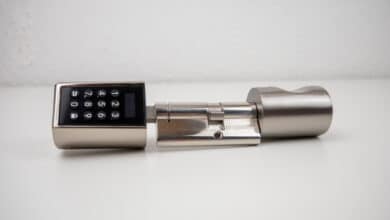
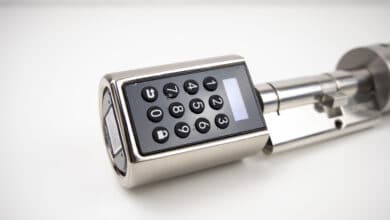
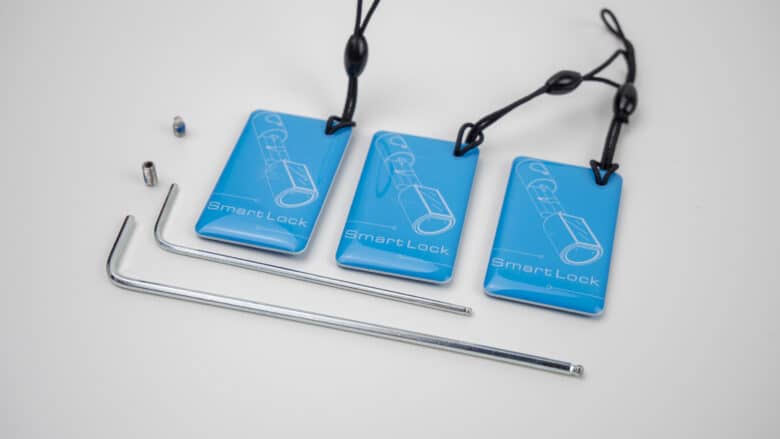
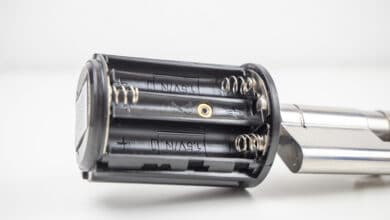

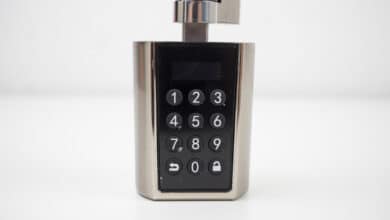
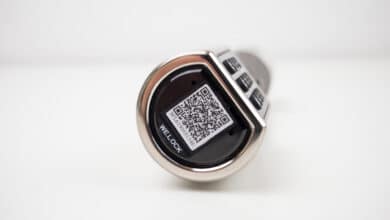
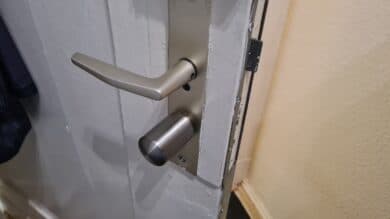









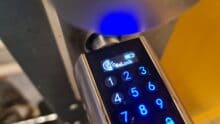


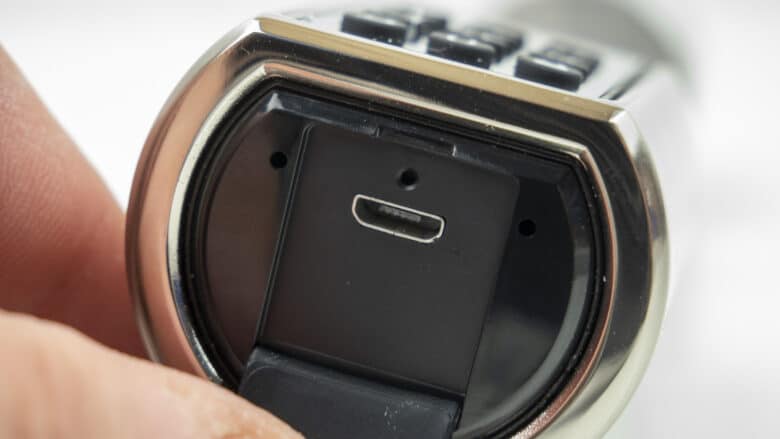
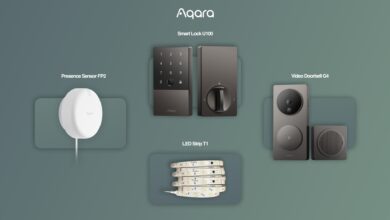
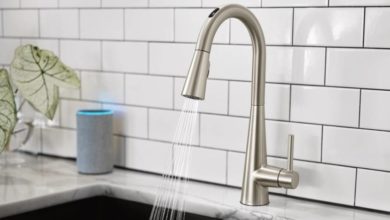
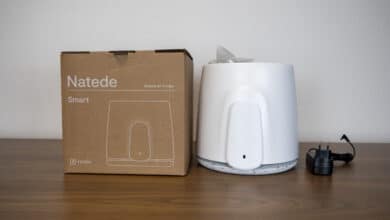

No replies yet
Neue Antworten laden...
Neues Mitglied
Beteilige dich an der Diskussion in der Basic Tutorials Community →